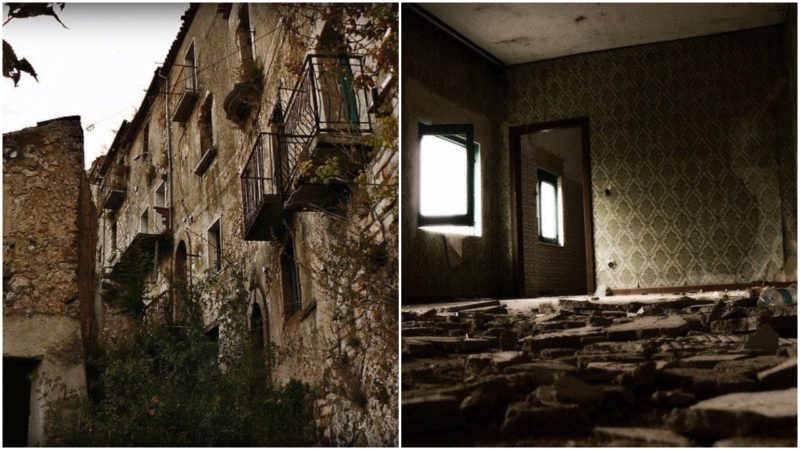Where once people felt untroubled, peace is no more, for the wretched earthquake took it all from them.
It was Terremoto dell’Irpinia, a natural calamity that decided to pull the very earth out from under their feet and turn their village into ruins and a place where ghosts can feel right at home.
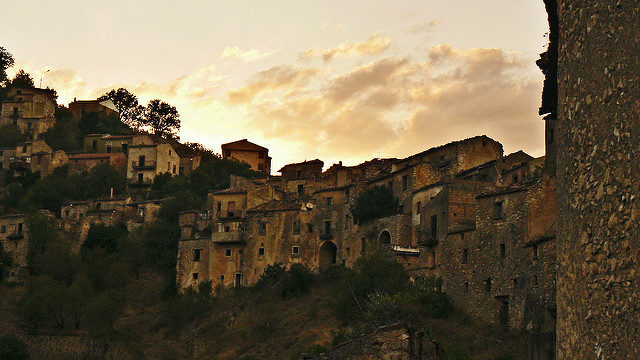
On November the 23th, 1980, Irpinia came to claim what destiny had once underlined. The final result was far from a tie. Upon her leaving, Irpinia took 2,483 people with her. What was left behind was a shattered village beyond repair.
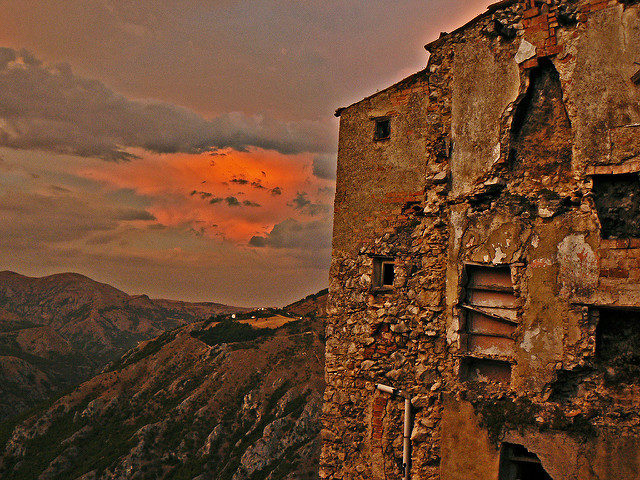
Even more devastating than the material damage was the fact that 250,000 people were now left without a place they can call home, and 7,700 in a need of immediate medical attention.
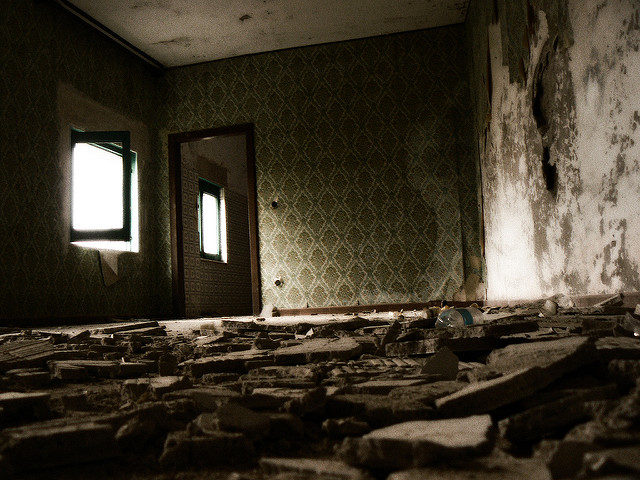
Romagnano al Monte was the name the village once bore. Now, this same name is given to the new town and this village received Vecchio (old) before its name. Settled in the province of Salerno in the Campania region in the south of Italy, this commune spread over 9 square kilometers.
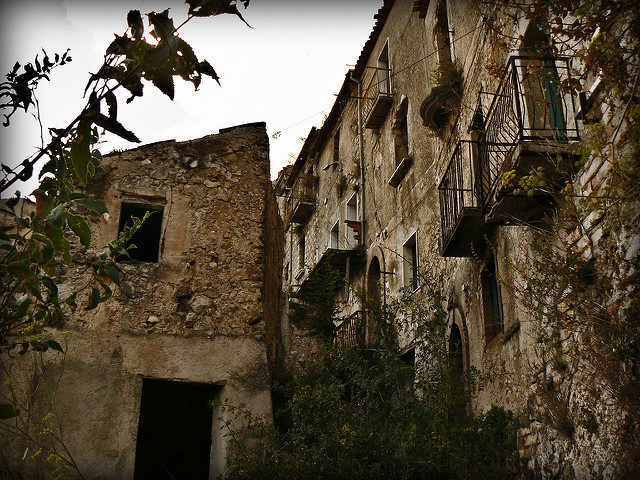
The people left Romagnano al Monte, only to rebuild their town no more than a few kilometers away. The old village was left to slowly fade into memory and onto legends. For no less than a 20 years, Romagnano al Monte kept its peace like a sworn monk in its vow of silence.
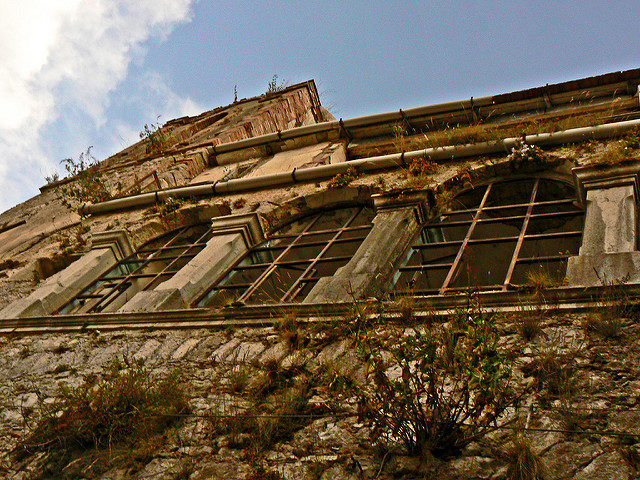
During the 2000s, the village became somewhat a tourist attraction. There is much to see in this village because everything was left the way it was on the day when Irpinia arrived. Among the ruins of this commune, one can easily locate the church where the people regularly kept their services.
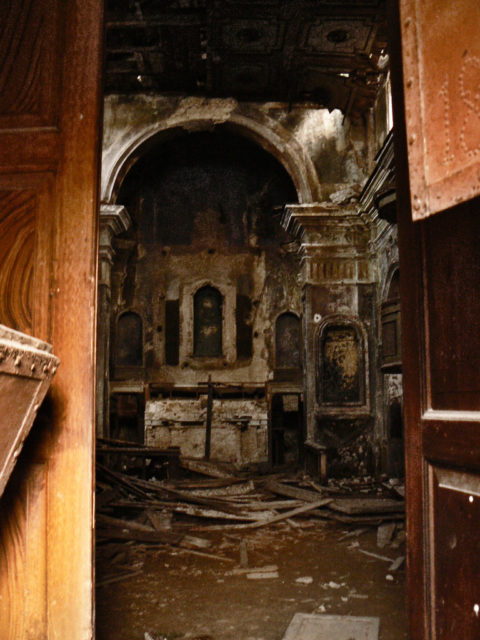
Wandering through this streets one can lose the track of time and get immediately thrown back into time. It is fairly easy to suppose how the residents of Romagnano al Monte once thrived here.
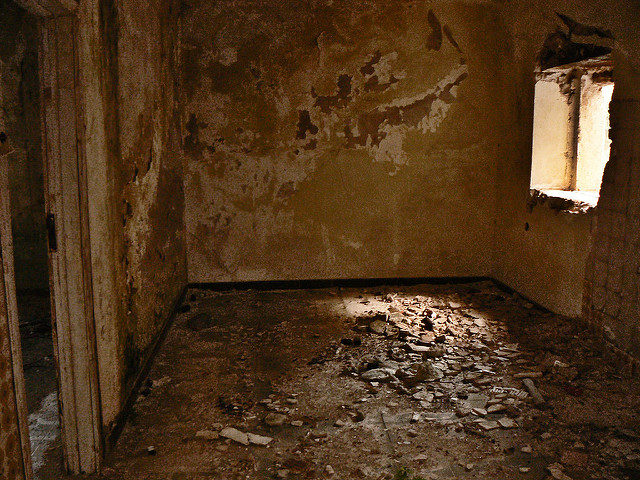
Too many evidence that once life flourished here. There is even a broken and headless plastic doll that lies thrown on the floor where the earthquake had arranged a place for it.
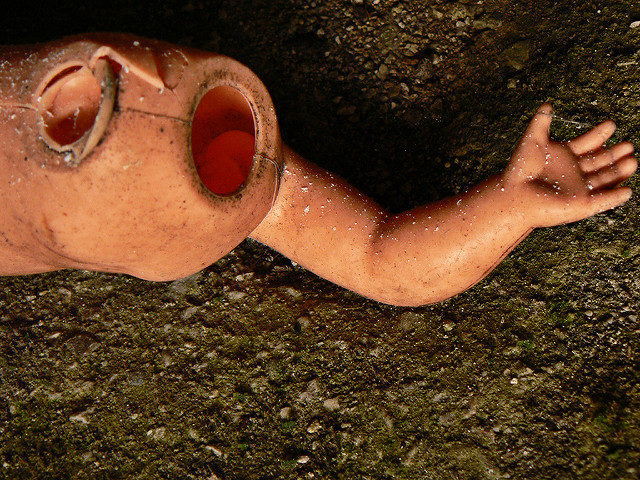
Rosaria Aestus Vigorito is the Director behind the Borgo fantasma vecchio romagnano al monte documentary that depicts the mountain village, the faith that followed its residents and the life before and after the earthquake.
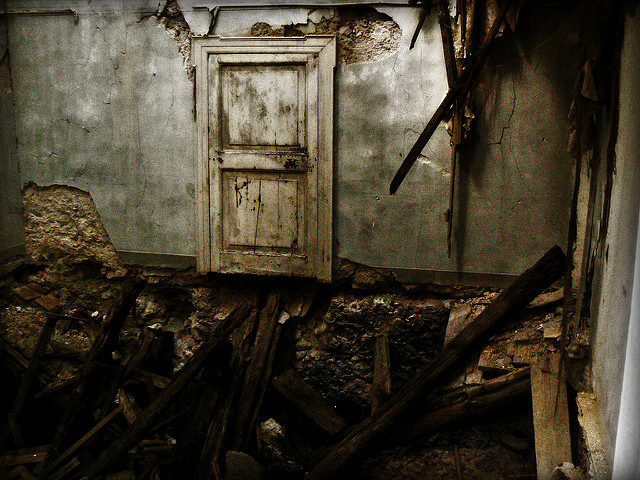
As stated by Rosaria Aestus Vigorito the writer of the documentary, Romagnano al Monte still stands among its breathtaking vista, awaiting the day of its renaissance.
